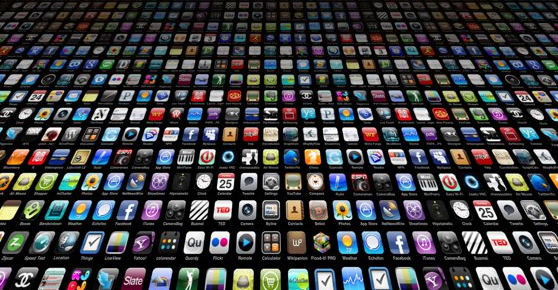On-Demand Is In Demand

The past few years have been transformative when it comes to pretty much getting anything you want in record time from the comfort of your smartphone. Whether it’s groceries via Instacart, reliable transportation from Lyft or a full makeup team from GlamSquad, the tidal wave of on-demand service apps along with their seemingly instant successes is astonishing. Aside from the obvious benefit of convenience, why are on-demand services a booming business model?
Could this be the result of the “textbook” millennial and Gen Z’s desire for almost instant gratification and all things app-driven? These services clearly aren’t solving hard problems, and maybe that’s the point. The emergence of on-demand services are the result of a real-time oriented, innovative culture that wants to spend their time on the important things in life, without sacrificing the comforts of the little things. A product of the idiom “keep it simple stupid” these businesses show that prioritization and convenience, not laziness, are at the root of this trend.
Without a doubt, there will continue to be a wave of startups vying for a share of the on-demand economy. With a healthy funding ecosystem and the move to mobile-first app development, we can expect to see a growing number of on-demand apps. Undoubtedly, we’ll also see a record number of failures. It’s becoming harder to garner the attention of your target market before you become “old news.” So how does a company set its app apart? As the industry becomes increasingly saturated, it will be important for service apps to differentiate themselves. In order to put distance between similar brands, companies will need to either disrupt the market via strongly differentiated services, lower prices, faster delivery systems, or by expanding the product offering by integrating other products or services. And of course, aggressive and innovative marketing will be required. Uber is the perfect example. In addition to the traditional Uber rideshare program, the company launched temporary initiatives such as UberChopper and UberIceCream. Smart, targeted creativity will become more important than ever in order to break through the noise. And nine times out of ten you’ll see creative marketing organizations and their PR agencies leading the charge.